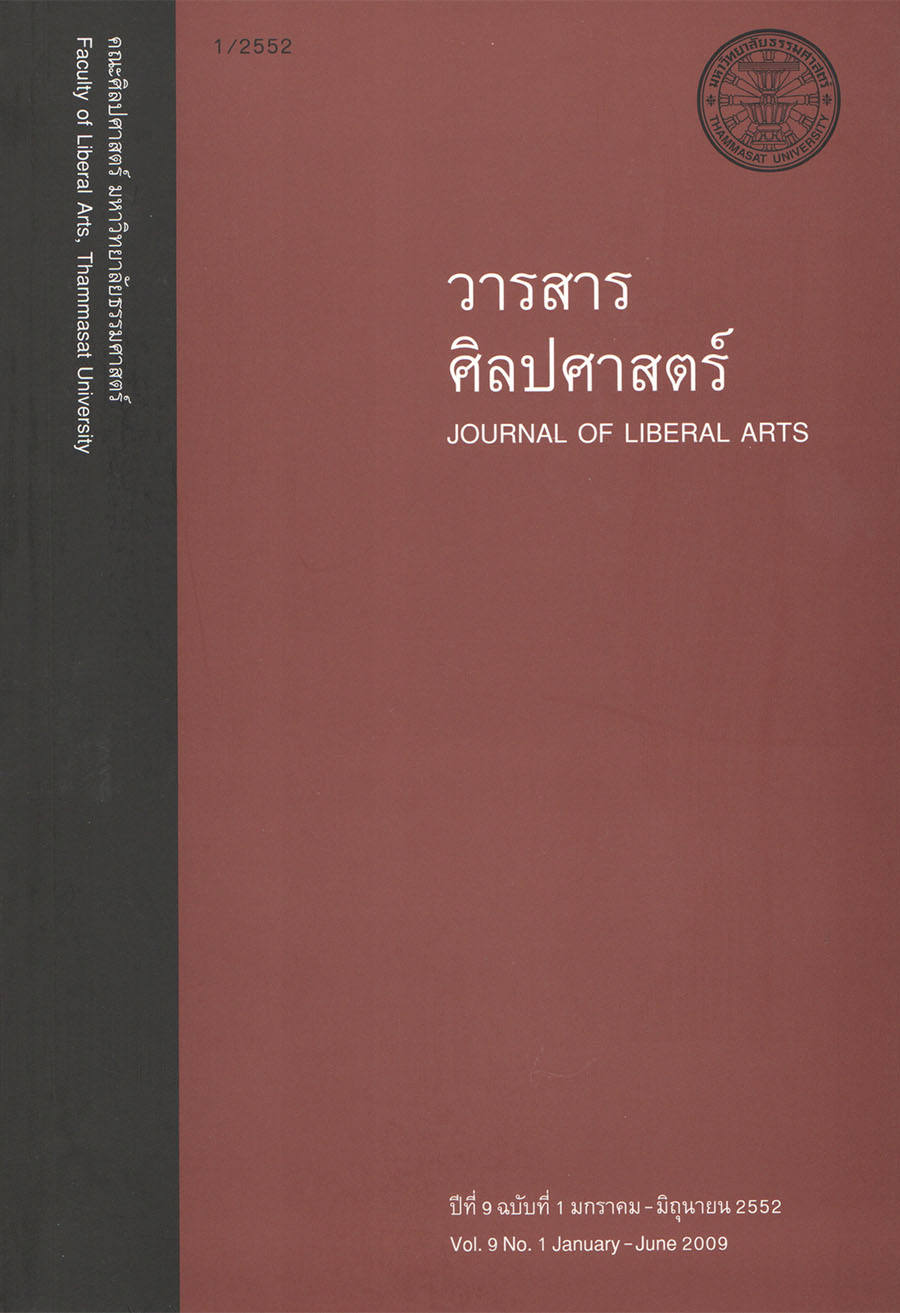ลานทรายไม่ใช่มหาสมุทรสีทันดรวิหาร 4 ทิศไม่ใช่ทวีปทั้ง 4
Main Article Content
บทคัดย่อ
การศึกษาและพัฒนาแนวคิดเรื่องสถาปัตยกรรมของวัดในพุทธศาสนาว่ามีความสัมพันธ์กับจักรวาลวิทยาได้พัฒนาจากข้อสมมติฐานเป็นข้อเท็จจริงทางวิชาการ โดยนักวิชาการรุ่นหลัง ๆ บางส่วนมักจะไม่ตั้งคำถามกับข้อสมมติฐานเหล่านั้นว่าการใช้แนวคิดเรื่องจักรวาลวิทยาเพียงอย่างเดียงในการตีความเรื่องสถาปัตยกรรมของวัดจะมีความถูกต้องหรือไม่อย่างไร จากการศึกษาคัมภีร์พระไตรปิฎกและอรรถกถาซึ่งเป็นข้อมูลปฐมภูมิและทุติยภูมิพบว่าลานทรายที่อยู่ในวัดต่าง ๆ ที่ได้รับอิทธิพลจากพุทธศาสนาเถรวาทแบบลังกานั้นน่าจะเป็นลานเดินจงกรมมากกว่าการเป็นสัญลักษณ์ของมหาสมุทรสีทันดรเพราะลานทรายเป็นลานจงกรมที่ดีที่สุดด้วยเหตุผลเรื่องความสงบของจิต ความสะอาดและการสร้างบุญ ส่วนวิหาร 4 ทิศ นั้นก็มิน่าจะเป็นสัญลักษณ์ของทวีปทั้ง 4 แต่อย่างใดแต่น่าจะเกิดจากแนวคิดเรื่องการถวายวิหารทานแด่พระสงฆ์ที่มาจากทิศทั้ง 4 ซึ่งถือว่ามีอานิสงส์มากเพราะเป็นทานชั้นเลิศที่พระพุทธเจ้าตรัสสรรเสริญ ผนวกกับเหตุผลเรื่องความสะดวกในการดำรงชีวิตที่เรียบง่ายของพระสงฆ์มากกว่าจะเป็นสัญลักษณ์ด้านจักรวาลวิทยา
The idea that the architecture of Buddhist temples relates to its cosmology has developed from speculation to accepted academic truths. Some modern academics do not question whether cosmological interpretations of Buddhist architecture are accurate. A study of the Pali Canon and the Commentaries, the doctrinal foundation of Theravada Buddhism, will reveal that sand yerds found in temples influenced by the Sri Lanka tradition are more likely to have been for ambulatory practice than for the purpose of representing the Sidantara oceans (the surrounding oceans of Sineru Mount). The reasons are that sand is the best surface for walking meditation and it is easy to keep clean. In the same way, the four cardinal directions commonly found in Buddhist temples are unlikely to be associated with the cosmological four continents but more likely with the great merit attainable by building temples for the practical use of the Sangha from the four directions.


